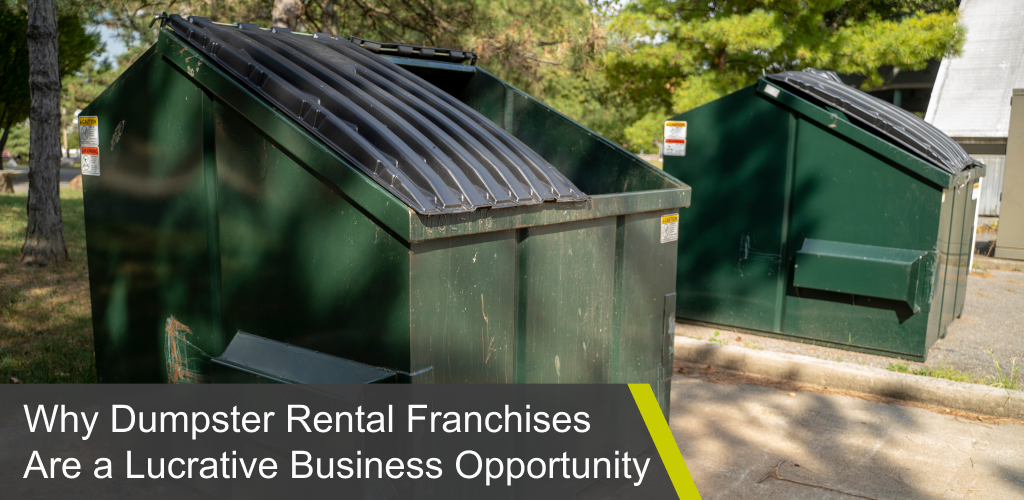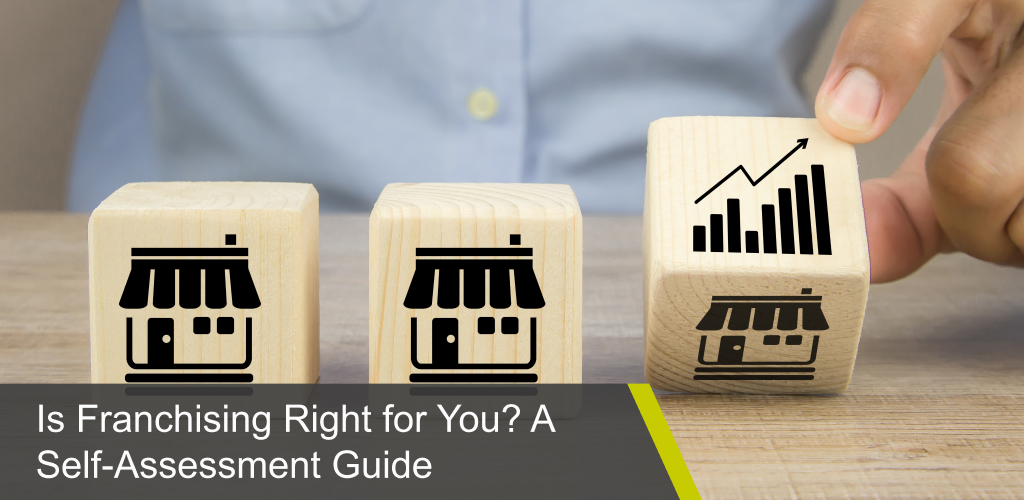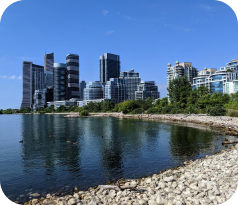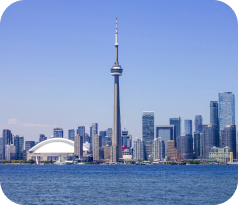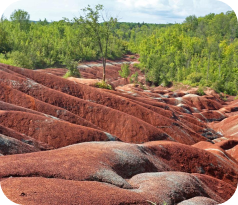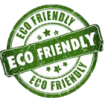11 Surprising Things You Can’t Put In A Bin
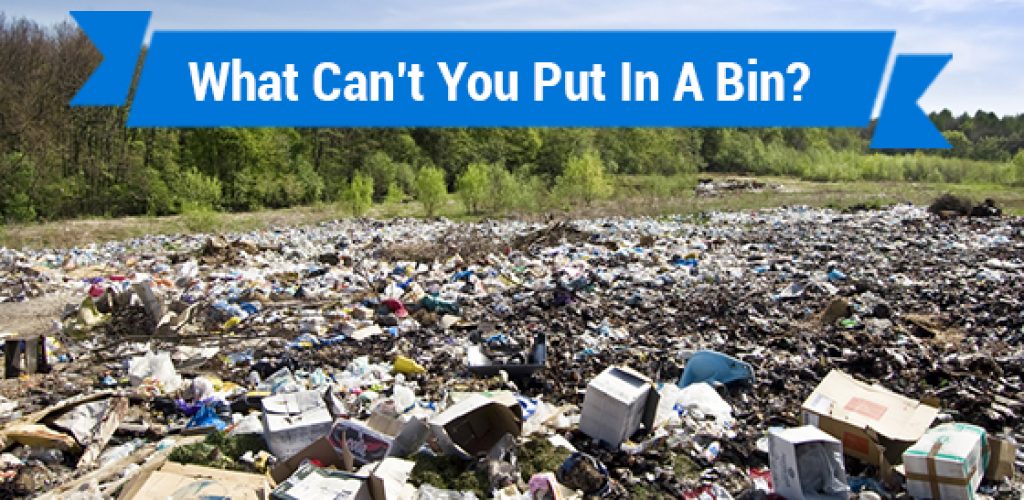
Think trash in landfills stays there forever? Unfortunately, it doesn’t. Even landfills with liners or concrete beds are likely to leak if water gets in, and the only thing keeping water out is a clay cap that wears over time.
It’s hard to know exactly when the cap fails, so the unfortunate truth is that most modern landfills will leak, releasing bacteria, chemicals and toxins from the garbage into our environment.
Because of this, junk removal companies have restrictions on what they take.
We don’t want to just tell you that we can’t accept certain items, we want to tell you why!
Here are 11 items we can’t accept in our bins:
1. Printer/toner cartridges
The printer is one of the most toxic household items. Even its cartridges contain cadmium, which when ingested causes lung disease, kidney failure, and osteoporosis.
2. Aerosols and compressed gas cylinders
Aerosols are not a danger to the environment, but they are a danger to sanitation workers. The impact of being put in the truck, compacted, or handled can make compressed gasses explode. Being a sanitation worker is already one of the country’s most dangerous jobs; don’t make it worse by adding aerosol cans to the equation!
3. Pesticides and herbicides
It’s the job of these chemicals to kill things. If you put them in a bin, there’s a high chance that they will either harm either the workers who handle it, or the people downstream from the landfill.
4. All paint
We all know that lead paint is toxic, but did you know that all latex and oil paint is as well? No paint is safe to drink and, as a fluid, paint is one of the first things to leak from landfills, ensuring that someone will eventually drink the paint you trash.
5. Nail polish remover
As with all solvents, nail polish remover is both bad to ingest, and is a potential catalyst that will cause more toxins to leak from the landfill.
6. Tires
The steel belt inside tires can punch a hole in landfill liners, making the whole landfill leak a lot sooner than it would otherwise. Additionally, tires have a lot of valuable rubber and steel that could be used elsewhere if recycled.
7. Treated wood
A big reason why a lot of playgrounds are being demolished these days is because the wood was treated with chromium copper arsenate or creosote, both of which are really bad for kids (and adults!). Unless you know how your wood was treated, it can’t go in the trash.
8. Motor oil and used filters
Motor oil isn’t healthy by itself and often picks up a lot of corroded metal, so both it and the filters it soaks need to be properly recycled.
10. Anything fluorescent
Fluorescent bulbs are efficient, but they contain mercury. Neon lights are even worse. These have to be disposed of in a proper area designated specifically for these materials.
11. Pretty much all types of electronics
Manufacturers use lead to solder circuits and microchips, as well as in display screens, laptop batteries, and some wire shielding. CFC’s and other toxins are also used as heat insulation, arsenic is sometimes used in diodes, and mercury is present in most display screens. All these are toxic and can impact groundwater if a landfill fails, so trash companies won’t take them. If it’s electronic, it probably can’t go in the bin. If it has a screen or battery, it definitely can’t.
12. Batteries
There is absolutely nothing in any battery that you’d want in your morning coffee, so don’t put it into someone else’s groundwater. Batteries, like fluorescent items, have to be disposed of in areas designed for that specific material.
